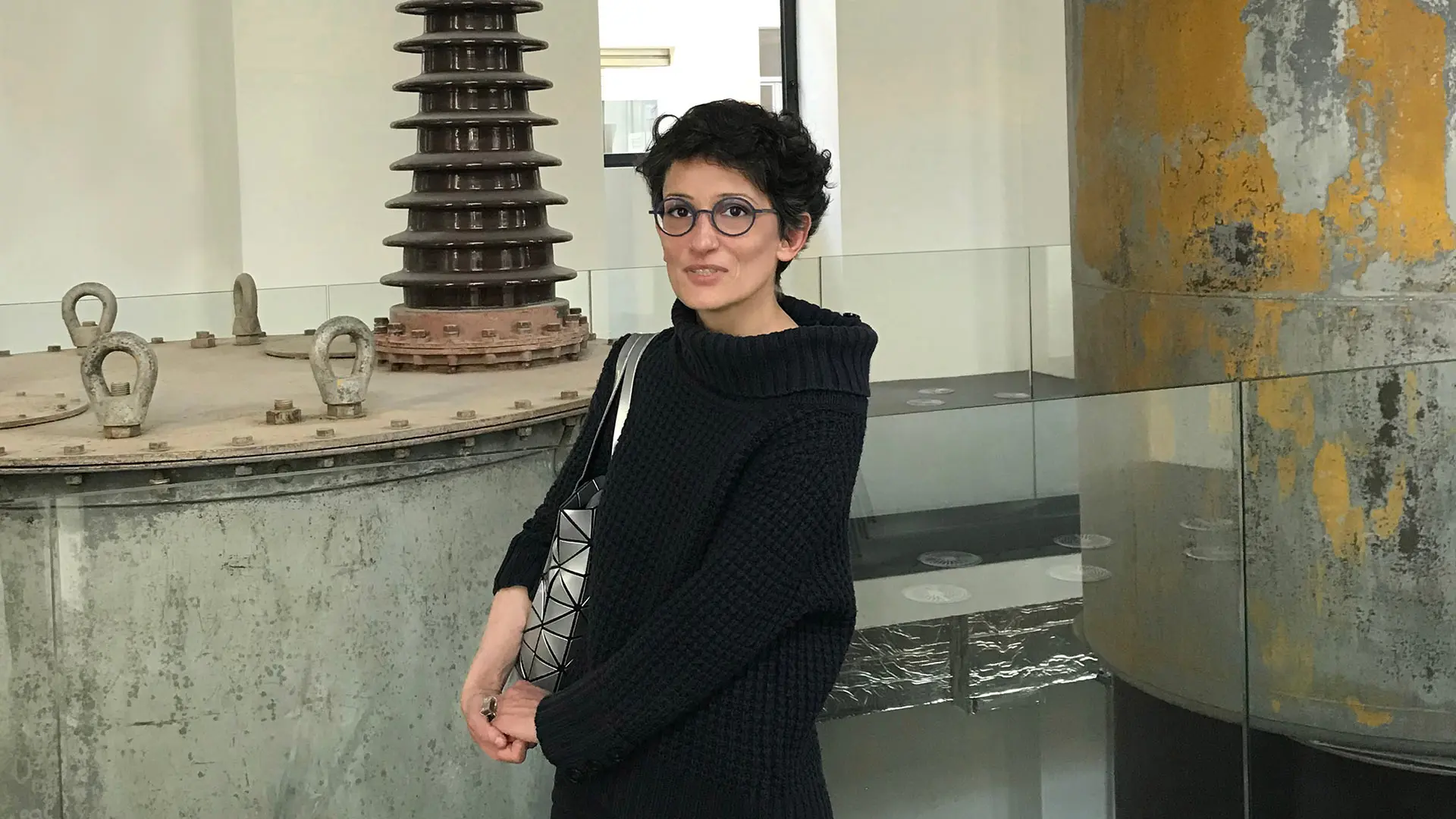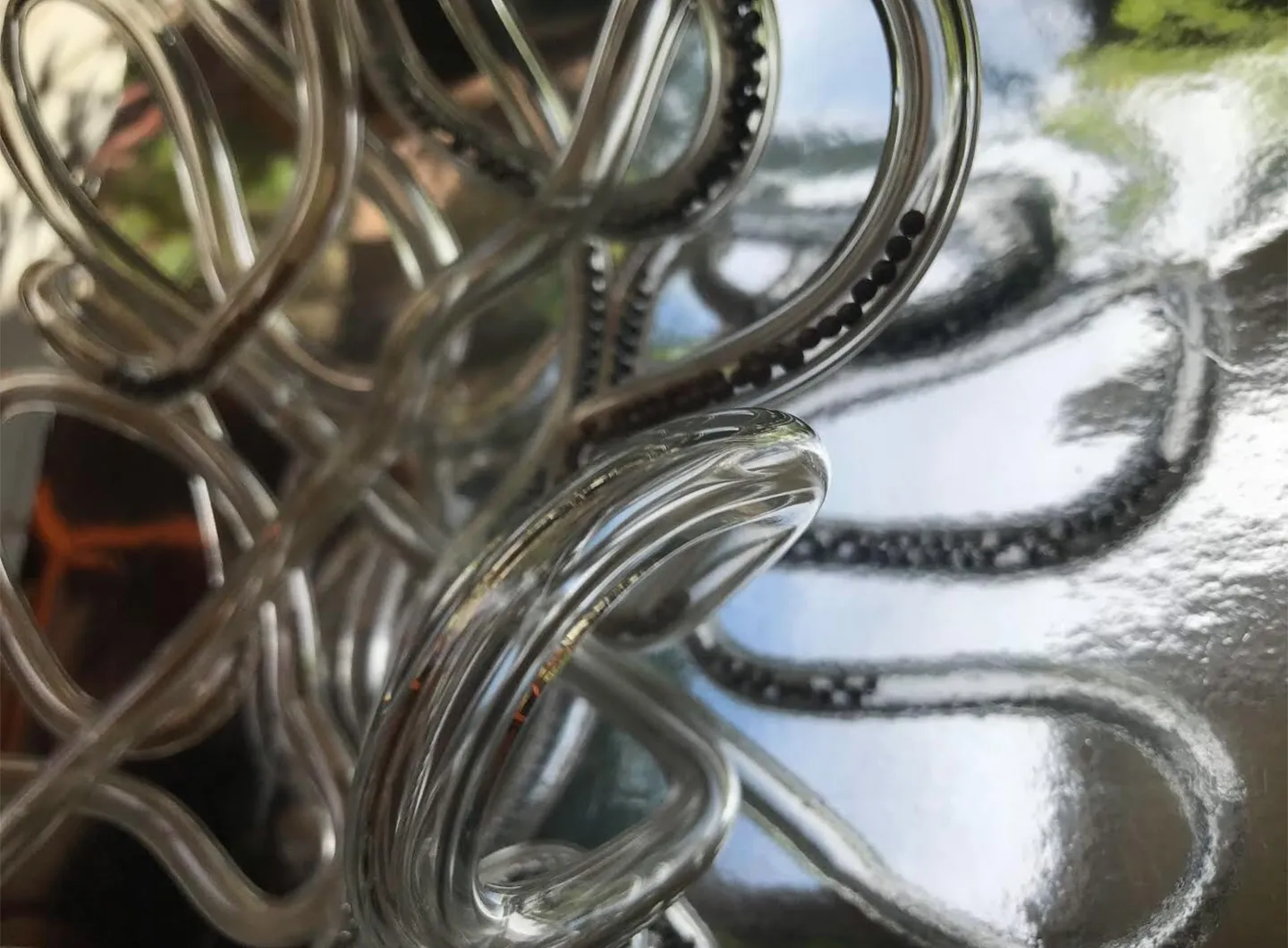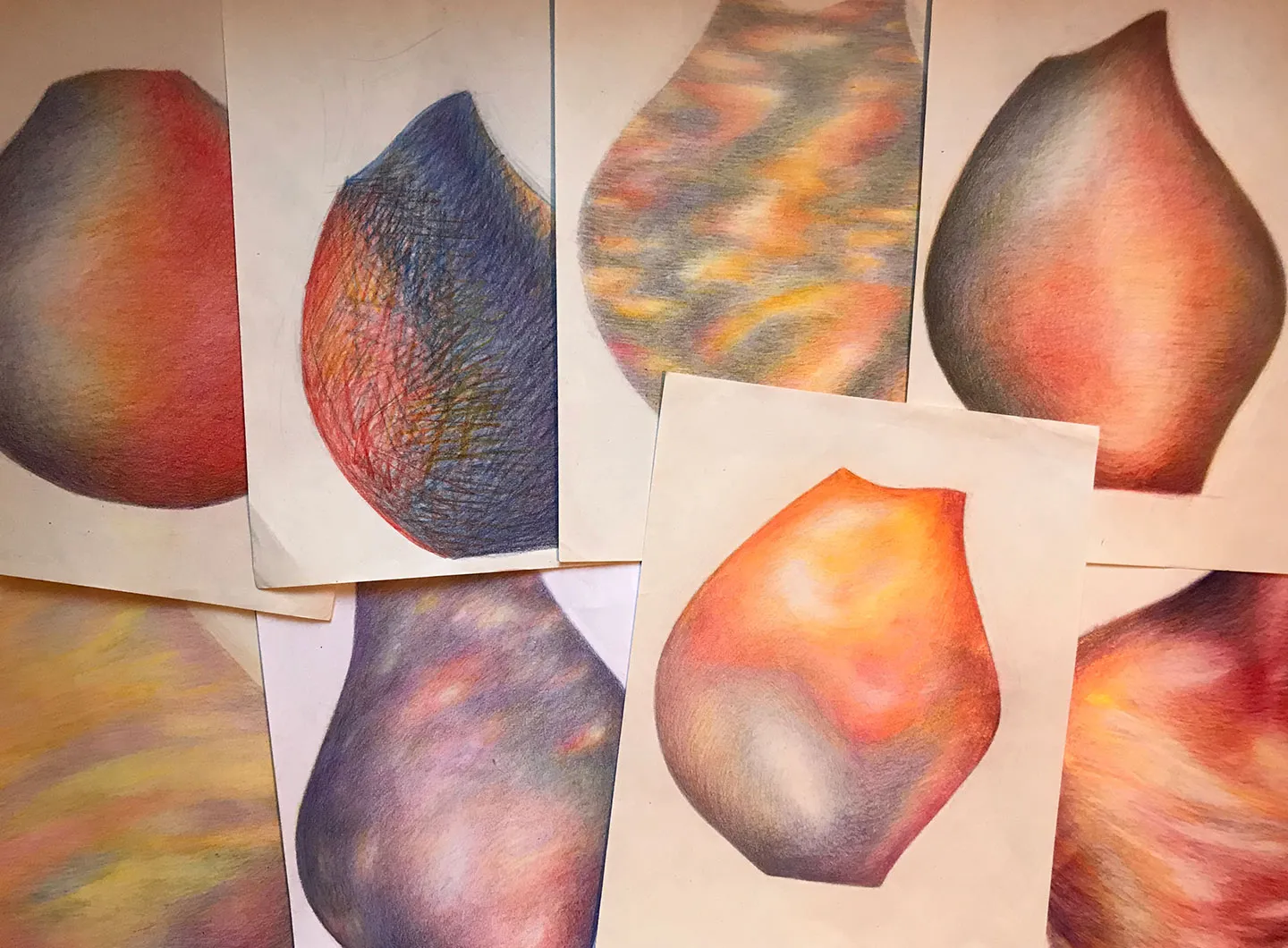In partnership with MiCodmc, a selection of establishments ripe for discovery during the 63rd edition of the Salone del Mobile.Milano, from 8th to 13th April

Assia Karaguiozova
With the aim of bringing shapes alive through the versatility of her materials, she creates art and design objects, both one-offs and industrial.
This artist-designer, born in Bulgaria in 1978 describes herself as always drawing … and always has done, dreaming. She studied Russian and Italian, graduating from the National Educational Complex of Culture, also known as the Italian Lyceum, in Sofia, going on to study Economics in Milan. Her training included a number of specialist courses abroad.
Her first steps in the world of work were in the field of fashion and advertising, dealing with images – as a photographer’s agent and shoot producer/organiser, an experience that brought her into contact with internationally renowned figures and consolidated her belief that “class is timeless beauty.”
In 2001, changes in her personal life inspired her to start turning her thoughts and sketches into works of art and design, veering between one-offs and industrial production. She experimented right from the start with the transformation of shapes in relation to her materials: using glass, plastic, metal, marble, terracotta and ceramics for her finished products, and wood, paper, rope and wire mesh for her prototypes. Her experiments also involved techniques and technology. Her work is marked out by a desire to bring shapes to life through the versatility of their materials and by an ongoing search for new goals, both personal and universal, in order to define the indefinite imagination through form and function.
She began to collaborate with a number of firms in a wide range of different sectors – table and furnishing accessories, food, garden, urban, contract, bathroom, construction, graphic and logo design – also working on product aesthetics, strategic design and trend research. Her major collaborations have been with industrial manufacturers in Veneto and Lombardy – CoroItalia, NasonMoretti and Margraf – considering how best to valorise a product, making the objects as versatile as possible and of increasingly broad potential use. She favours organic, sinuous shapes, floral motifs often embellished with Swarovski crystals or animalier ones, in a mix of colour and outlines. A balanced blend of material, design and decor.
My work is a fusion zone, in which art and design dance in tune with each other. Ideas are the soul of every project, creativity makes the means converge towards the objective. Technology matters, increasingly, and it’s our job to tailor it to the product requirements – whether it’s versatile, cheaper (and therefore much more widely accessible) or better quality. As I see it, an object carries a personal imprint when it reflects the background of its inventor. I keep up with technological progress, I follow its developments with interest, trying to grasp the elasticity of its scope and its potential applications, both during production and in the subsequent communication process. Nevertheless, I have a close, personal relationship with my creations – from the initial thoughts around an idea to the launch of the product on the market. I make my sketches by hand, often I make the prototypes, experimenting. I compare, test, and listen to opinions. When it ‘takes on a life of its own’ it slots into my everyday life – I observe it, I use it and I explore the way it works.
Rather than an individual product, I think about the product in the round, about its purpose and its strategy. These qualities are the essential ingredients for the process leading up to its ‘materialisation.’ Looks are usually what catch the eye of the buyer, an aspect that has a bearing on its sale, as well as being one of the decisive factors that turns an object into an icon, achieving the right balance of personal and universal, bold but well thought-out.
Function is the reason for the product’s existence (even when purely decorative) and ergonomics are fundamental in ensuring that the object is really useful to someone, and I believe they have their own part to play in building client ‘loyalty’ towards the producer and the brand. I would also add another important characteristic: recyclability.
The object itself tells a story for me. It encompasses and brings together history, traditions, studies, ideas, technologies, objectives, sensitivities and dreams. That’s why design is a wide-ranging and powerful communication tool, economically, culturally and socially. It’s a link between generations, it sets up a connection between entrepreneurs and creatives, between inventors and programmes. Every product has its own journey. It’s interesting to see how we manage to valorise it, using the means available to us (which inevitably include emotional investment).
As a designer, I see an aim for the object, as well as a guideline – which is to make a (ethical) mark. A common thread runs through my creations, a combination of several characteristics that I try to pass on/pass back, where possible – light-heartedness and flexibility of both application and use.
Albe e Tramonti - a symbolic collection – embodies my hopes for a global rebirth, an ode to positivity, expressed in nuances. Each piece will be authentic in terms of production technique and conceptual message, just as every dawn, every dusk and every dream are unique.
Every material has its own traits and processing methods. I favour glass, in all its different forms of expression. It is an ecological and recyclable (a major quality), versatile and varied material. It provides infinite possibilities for experimenting with creating delicate yet bold and expressive products. Blown Murano glass is a symphony of colours and the synergy of their potential pairings. The traditional processes at the historic NasonMoretti Foundry have enabled me to paint with light on the surface of the glass, creating unexpected effects. The amazing lightness of borosilicate glass (Massimo Lunardon Company) shows that forms can be valorised in their own right, almost dematerialising the objects.
It’s undoubtedly an audacious tool. I think we’re still at the stage of feverish enthusiasm, exploration and wonder, even though it’s now being harnessed by several different sectors. It’s already being applied to different uses and functions – from surgical prostheses to haute couture garments. It facilitates and sometimes creates a really spectacular effect. Nonetheless, I don’t think it could possibly replace creative input. It’s a useful tool, invented by human beings. There is still a lot to learn and to perfect so that it can be employed even more easily and accessibly.
Although it’s a prototyping method used by lots of people, I personally prefer (where possible) to create the models on which a product is based myself, which makes for a different sort of tangibility, a closer perception. I choose the materials I find best suited to the actual piece, that will also allow for a certain flexibility in terms of subsequent modifications. I had fun sewing the wire mesh, as if it were a mouldable textile, in order to achieve certain curves; I treated the rope myself, in order to get an idea of its sinuous performance, with a hypothetical variable effect on the glass.
It all pulls in the same direction – I am an upbeat optimist and idealist/realist, I hope and dream that beauty can really have an effective part to play in building a better world. I would never turn my back on the potential the leading Italian manufacturers have to offer, their quality and cutting edge research. My hope is that we can manage to work together to create the conditions that will trigger the start of a new social and cultural rebirth.

In memoriam: David Lynch
The American director has left us at the age of 78. The Salone del Mobile.Milano had the honor of working with him during its 62nd edition, hosting his immersive installation titled “A Thinking Room”. An extraordinary journey into the depths of the mind and feelings. His vision will continue to be a source of inspiration.



 Stories
Stories

















